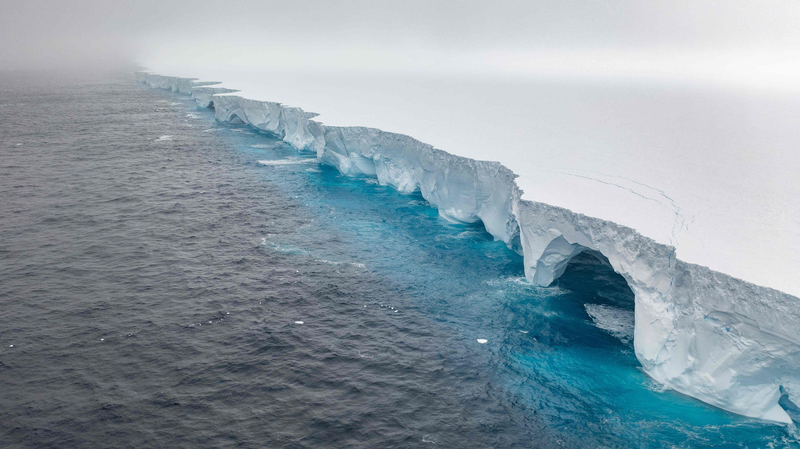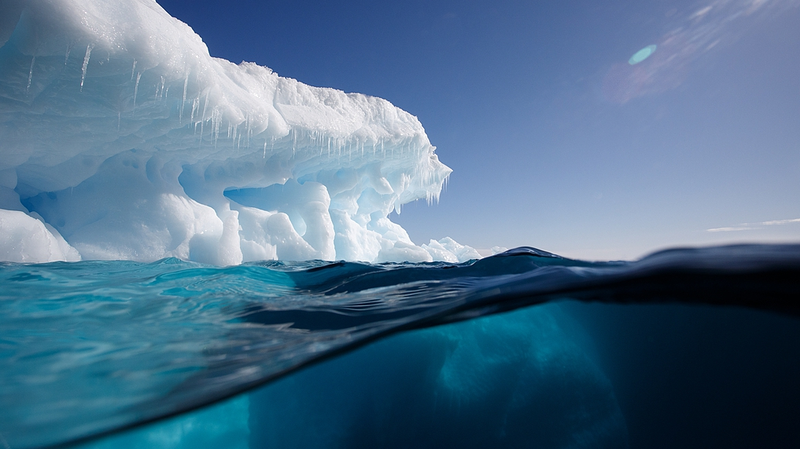One of Earth's most iconic frozen giants, the A23a iceberg, is entering its twilight years as scientists predict its complete disintegration by late 2025. First breaking free from Antarctica's Filchner-Ronne Ice Shelf during the Cold War era, this 4,000-square-kilometer behemoth has outlasted political regimes and technological revolutions – but now faces an irreversible battle against warming oceans.
Recent satellite imagery reveals accelerating fractures across the iceberg's surface, with researchers noting unprecedented melt rates. 'What we're witnessing is the dramatic finale of a 40-year journey,' explained glaciologist Dr. Lin Wei through China Media Group. 'A23a's demise offers critical data about ice shelf stability and marine ecosystem impacts.'
The iceberg's fragmentation carries global implications. Business analysts warn of potential shipping lane disruptions in the Southern Ocean, while environmental scientists emphasize its role in altering nutrient distribution across Antarctic waters. For polar researchers, A23a's breakdown provides a rare opportunity to study ice decay processes in real time.
As climate scientists work to model the iceberg's final months, the event underscores broader concerns about polar environmental shifts. 'This isn't just about losing an ice mass,' noted climate economist Raj Patel. 'It's about understanding how such events ripple through global weather patterns and economic systems.'
Reference(s):
cgtn.com








